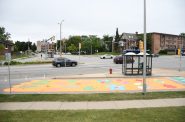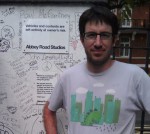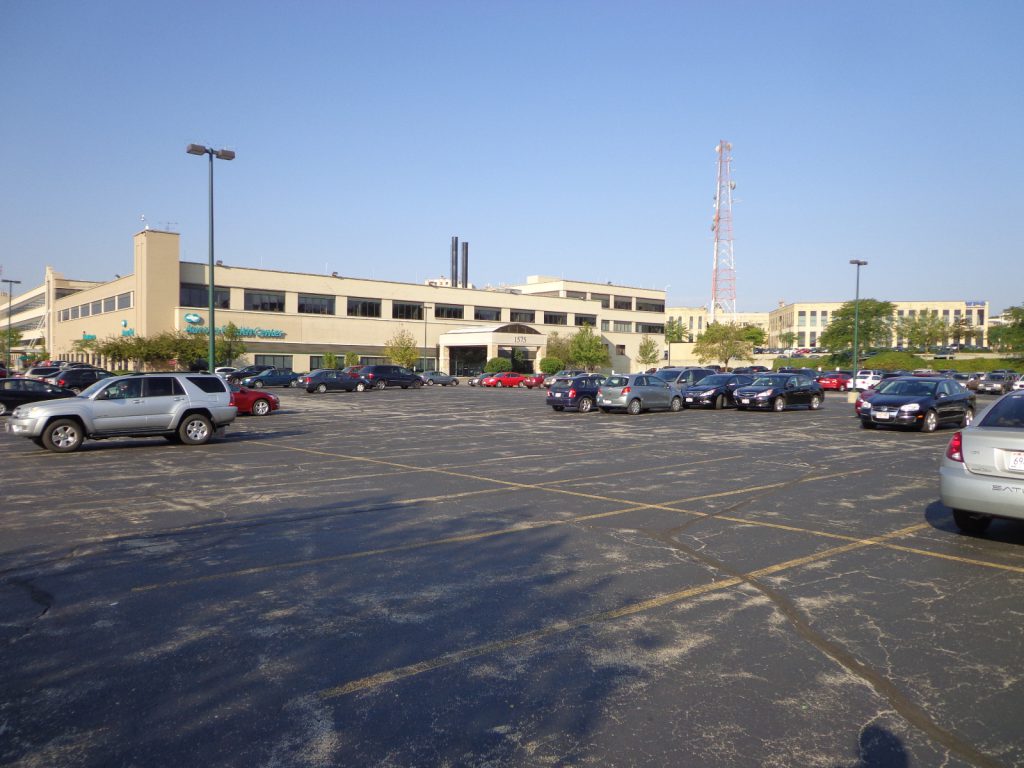Should Cities Remove Pavement?
All the city news you can use.
Every day at The Overhead Wire we sort through over 1,500 news items about cities and share the best ones with our email list. At the end of the week, we take some of the most popular stories and share them with Urban Milwaukee readers. They are national (or international) links, sometimes entertaining and sometimes absurd, but hopefully useful.
Thinking beyond cars for mail vehicles: There’s been a lot of fighting over the percentage of future mail trucks the USPS will have that will be electric, but perhaps we’re thinking about it all wrong. More e-bikes, e-trikes and delivery vehicles might be one of the many solutions. And that’s probably true for city fleets as well that now will be electric cars but could also just be electric vehicles more generally. (Mina Nada | Fast Company)
Aging condos need better oversight: There’s a worry starting to emerge that many condo buildings constructed in the 70s and 80s will soon reach the end of their useful life and need extensive retrofits. But people who live in the buildings have fought back against rising condo dues instead of focusing on building safety and competent management. Better oversight could solve some of the issues but for some the process may be too late. (Peter Coy | Bloomberg Businessweek)
Consider removing the pavement: In the discussion of freeway teardowns and reconnecting neighborhoods, perhaps we haven’t thought enough about also reducing the amount of paved area cities contain. There’s so much cover in cities that induces heat, runoff, and other negative externalities, it might be something cities should consider more seriously. (Mary Pat McGuire | Next City)
Reno tracks emissions in real time: Reno, Washoe County and the State of Nevada have signed a software partnership to track local emissions in real time on an hourly, daily, and monthly basis. The first step will be working with a startup to set a baseline level of emissions using carbon mapping technology that will then be used to compare against targets in the Paris Agreement. (Sarah Wray | Cities Today)
Quote of the Week
This process also creates a chemical reaction called photocatalysis (one sped up by light) that generates energized electrons that oxidize and break down pollutants from cars and trucks. This creates a “smog-eating” effect, which serves as a sink for pollutants the same way trees do (one mile of the stuff has the same impact as 20 acres of trees, the company claims).
–Audrey Carleton in Motherboard discussing the process for cooling streets by spraying titanium dioxide on the surface.
This week on the podcast, Chuck Wolfe joins the show to talk about his new book, Sustaining a City’s Culture and Character.
Want more links to read? Visit The Overhead Wire and signup.
Transportation
-
Congestion Pricing Cuts Air Pollution in New York City
 Dec 14th, 2025 by Jeff Wood
Dec 14th, 2025 by Jeff Wood
-
FTA Tells Milwaukee to Crack Down on Fare Evasion — Even Where Fares Don’t Exist
 Dec 12th, 2025 by Graham Kilmer
Dec 12th, 2025 by Graham Kilmer
-
Will GOGO’s Bus Service Ever Get Going?
 Dec 9th, 2025 by Jeramey Jannene
Dec 9th, 2025 by Jeramey Jannene
Urban Reads
-
Congestion Pricing Cuts Air Pollution in New York City
 Dec 14th, 2025 by Jeff Wood
Dec 14th, 2025 by Jeff Wood
-
We Think We Love to Drive. But Do We Really?
 Dec 7th, 2025 by Jeff Wood
Dec 7th, 2025 by Jeff Wood
-
Can Scott Wiener Tackle America’s Housing Crisis?
 Nov 23rd, 2025 by Jeff Wood
Nov 23rd, 2025 by Jeff Wood



















Greener parking lots are better for the environment, for storm water run-off, and for aesthetics. Landscape islands are also good for traffic control. But it means removing asphalt or concrete, amending the soil, and planting trees or shrubs.